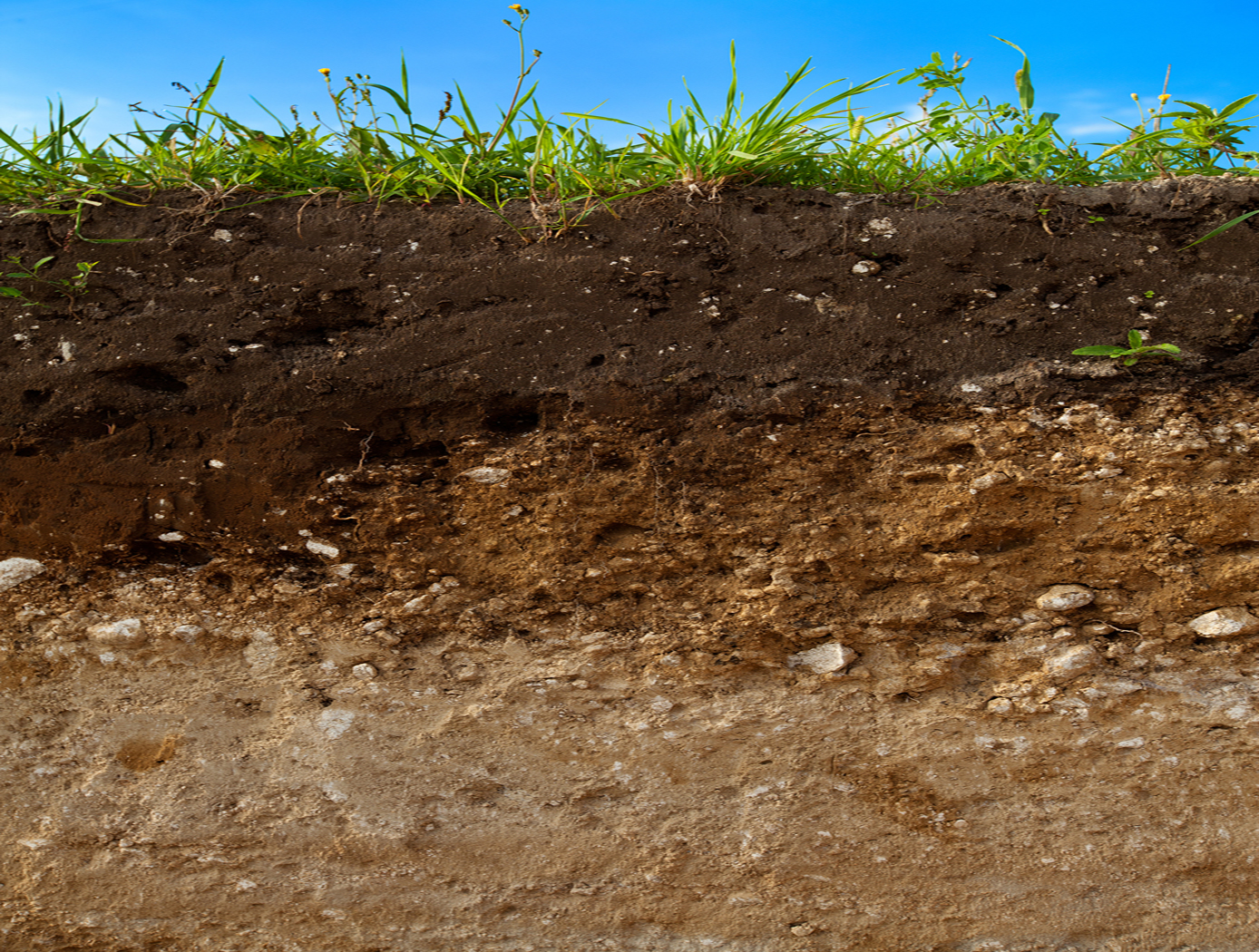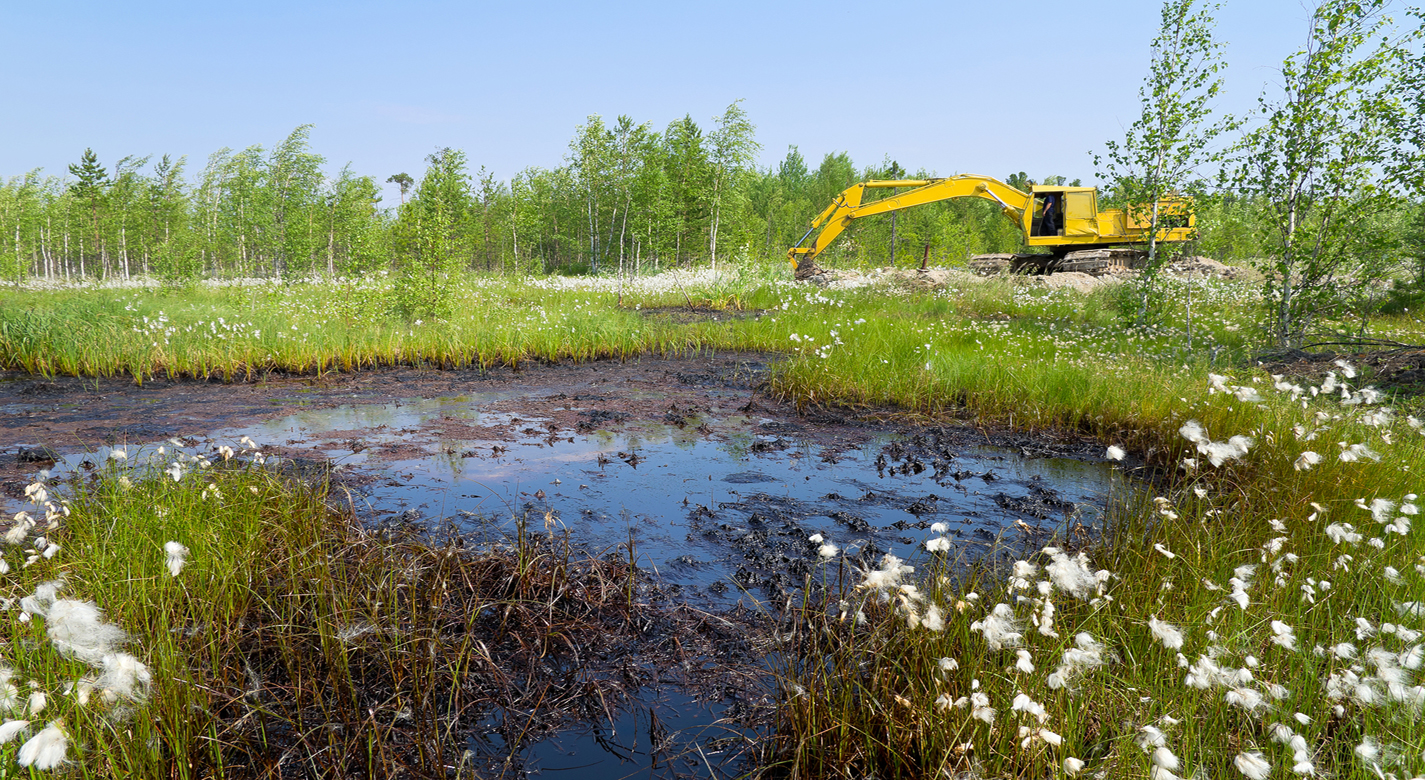Soil Remediation With Plant-Fungal Combinations
environment
Soil Remediation With Plant-Fungal Combinations (TOP2-135)
Ectomycorrhizal mediated remediation of phenolic-based contamination
Overview
This process applies to remediation and restoration of soils contaminated by fuel, polychlorinated biphenyl wastes, etc. While there can be a general beneficial effect of microbial communities, individual plant-fungus combinations can vary in their efficacy in removal of pollutants from the environment. Selection of the most effective combination of plants and fungi is very important for achieving the desired benefits. Not all fungi are created equal as some die off in contaminated soils. Having a set of enzymes from fungi specifically adapted to conditions in contaminated soils and use of native plant/fungal combinations is a huge advantage. Ectomycorrhizal (EM) mediated remediation of phenolic-based contamination through use of specifically adapted Soil and enzyme utilizes plant/fungal combinations that are specifically adapted to conditions created by phenolic application to soils and abilities of ectomycorrhizal fungi to oxidize these compounds. This platform can be adapted to other ecosystems through field assessments of the EM community in each new site.
The Technology
The technology builds on the existing notion that establishment of trees in contaminated soils can be enhanced through the use of ectomycorrhizal (EM) fungi. EM fungi impart resistance to soil extremes such as high temperature, high acidity and heavy metal contamination. This process for soil remediation utilizes specific plant/fungal combinations that are specifically adapted to conditions created by phenolic application to soils, and abilities of ectomycorrhizal fungi to oxidize these compounds. This is done by taking advantage of the ability of native fungi to upregulate enzyme genes in response to changes in host physiological condition and hence enhance natural phenolic oxidation in soils by up to 5-fold. Ectomycorrhizal mediated remediation of phenolic- based contamination through use of specifically adapted ectomycorrhizal fungi and enzymes utilizes the findings that EM fungi in the genera Russula and Piloderma react with positive growth responses to phenolic-based soil contamination. The activities of enzymes that oxidize these compounds increase in activity by 5 fold when the host tree is partially defoliated, which in turn imparts an increase in phenolic oxidation in soils by a similar amount. Defoliation is done by pine needle removal, where 50% of the needles are removed. This process is performed each year on new growth to maintain defoliation.


Benefits
- Increased resistance to environmental extremes
- Fast response, high selectivity
- Enhances naturally occurring species ability to decontaminate soil
- Cost effective and low maintenance
- Use of native plant/fungal combinations
- Flexibile platform
Applications
- Oil and gas industry
- Environmental remediation
- Phytoremediation
- Enzymatic bioremediation
- Clean up of soil contamination by spills of solvents, including diesel fuels
- Habitat restoration
- Land Remediation
Similar Results

Completely biodegradable filtration system for waste metal recovery from aqueous solution
There is a significant need for an inexpensive biological approach to recover specific, targeted metals and other target materials in e-waste or other aqueous solutions that requires minimal input of resources, including energy. This invention is a method of removing or adsorbing a target substance or material, for example, a metal, non-metal toxin, dye, or small molecule drug, from solution, by functionalizing a substrate with a peptide configured to selectively bind to the target substance or material and to bind to the substrate. The substrate is fungal mycelium, and the naturally-occurring or bioengineered peptide is called a target-binding domain, which is chemically bonded to a selected solid substrate. The target chemical species binds to the target-binding domain and is removed from solution. The target can be any chemical species dissolved or suspended in the solution. Capture of the target by the substrate can isolate and allow removal of the target substance from solution, or for utilization in water filtration, or recovery of targeted chemical species from solution, particularly aqueous solution applications. The peptides used include (i) fusion peptides and/or proteins containing metal-binding domain sequence and optionally containing substrate-binding domain sequence; (ii) fusion peptides/proteins containing a metal-binding domain and a chitin-binding domain; and (iii) nucleic acids encoding fusion peptides and/or proteins containing metal-binding domain sequence. The technology enables simple scale up to a level that could be successfully implemented in an environment with limited resources, such as on a space mission or on earth in developing countries with poor access to clean water.

Modular System for Waste Treatment, Water Recycling, and Resource Recovery
Because resupply of commodities for long duration space missions would be prohibitively expensive and could take an extensive length of time to reach habitats in orbit around or on other planetary bodies, it is critical that astronauts have the ability to recycle and reuse local waste streams to provide resources such as clean water, fuel, and nutrients for growing plants. Scientists at Kennedy Space Center and the University of South Florida have developed a technology that addresses this critical mission need. The modular system design incorporates all wastewater streams and some food waste including urine water, hygiene water, humidity condensate, Sabatier water, fecal waste, laundry water, and organic food waste. These sources are fed simultaneously into the system, and a function-driven, sequential purification process occurs. The primary processes include carbon conversion, phase separation (solid/liquid/gas), disinfection, nutrient/salts management, and salts balancing to generate a clean water stream. The heart of the closed-loop bio-regenerative system is an anaerobic membrane bioreactor (AnMBR), which takes raw wastewater streams and utilizes an anaerobic microbial consortium to carry out the breakdown of the organic matter. An ultrafiltration membrane captures and destroys pathogenic bacteria and viruses. The AnMBR system generates a clean water stream containing fertilizer constituents which can be used to cultivate either microalgae (for food, pharma/nutraceuticals, fuel or bioplastics) in photobioreactors or crops in hydroponic systems. The system also generates methane and hydrogen gas which can be used for fuel (or conversion to bioplastics), and CO2 which can be used to support plant growth.

Surface Attached BioReactor (SABR) for Microbial Cell Cultivation
The Surface-Adhering BioReactor (SABR) is a novel microbial cell cultivation platform that mimics the way vascular plants use transpiration to deliver nutrients to their cells. In this biomimetic platform, microbial cells are cultivated as immobilized cells on a porous substrate where transpiration is used to passively deliver water and nutrients as well as harvest and concentrate secreted biomolecules by the microbial cells. The SABR transports nutrients to microorganisms without using a pump. Instead, evaporation and the cohesive property of water are exploited to pull the nutrient medium through the device, with a high degree of control, on an as needed basis. It eliminates the hydrodynamic shear stress on the cells and decreases the working volume of water needed for cultivation by a factor of 25 compared to planktonic bioreactors. Furthermore, the transpiration mechanism allows for the concentration of secreted products in areas of relatively fast evaporation, thus providing a passive means of secreted product harvesting. By matching the time scales of nutrient medium delivery and product harvesting with the time scales of growth and product formation, minimal energy is wasted in bioreactor operation. Transpiration enables a passive cooling system for the cells where either externally imposed or internally generated heat due to cellular activity is mitigated, thus preventing overheating that can lead to decreased productivity or even cell death. This technology enables significant reductions in energy input for cultivating microorganisms.

Plasma Processing of Water and Inedible Biomass for pH Control and Nutrient Recycling
Early exploratory research with the plasma treatment of water and inedible biomass revealed problems with both efforts. Plasma treatment of water lowered the pH of the water below acceptable levels for plants. Additionally, inedible biomass treated with plasma for nutrient recovery has to be dissolved in acid to enhance that nutrient recovery, and acid can be difficult and dangerous to handle. The technology described here utilizes a single plasma torch to treat both water and inedible biomass. Plasma treatment of the water creates useful species, such as nitrates, to the water which are beneficial for plant growth. However, plasma treatment of water also forms nitric acid, causing the water to be too acidic for plants. Plasma treatment of inedible biomass breaks down the cellulose inside the plant material and reduces it to ash, liberating nutrients such as potassium, calcium, sodium, and phosphorus. Researchers determined that careful dosage of the appropriate amount of the recycled ash to the plasma treated water balances the water's pH level and also adds nutrients that can further enhance plant growth. This method eliminates the need for acid treatment of the plasma treated biomass. For cleaning applications, water can be treated with plasma to either high or low pH extremes for shock sanitation treatment.
The system requires a high voltage power supply and a plasma torch. The torch requires a tube for gas transportation, an electrode inside the tube, and an electrode outside the tube. Air can be used for both treatments. The plasma system can be optimized to condense the system into a lunchbox sized package to generate the treated water and ash.

Carbon Capture Filter
NASA’s Carbon Capture Filter was designed to trap solid carbon dust through a variety of mechanisms. These include inertial separation, flow recirculation, flow tortuosity, media filtration, and quenching of hot particles or of precursor particles from pyrolysis. The filter uses a custom-designed housing to produce a strong and large recirculating pattern to remove dust through inertial forces and confine it into a large collection cup, which is enshrouded in a cold trap (using a thermoelectric cooler) to thermally induce precipitation of the solid carbon. The flow then passes through a single stage baffle and tube filters before exiting through the outlet at the top of the housing.
During operations, gaseous carbon-containing streams enter the filter via an inlet tube at the top of the housing. The inlet tube extends down towards the bottom of the collection cup, where the high-speed stream meets a sudden perpendicular bottom wall, inducing a stagnation flow. Large particles inertially separate from the flow and impinge onto the bottom wall. The partial enclosure of the collection cup (aside from a small slit connecting it to the upper chamber) causes a recirculation bubble to form, increasing the residence time of the stream. The vortical motion of the recirculation bubble causes the large particles to spin outwards towards the walls of the collection cup. The collection cup is cooled to quench the carbon particles, causing them to precipitate out and collect on the walls of the cup. The extended residence time caused by the recirculating flow further quenches the stream. Only small particles that are entrained sufficiently by the flow make it through the slit between the collection cup and upper chamber. On the top wall of the upper chamber, an array of tubular filters collects the remaining particles before the gaseous stream exits the system.
NASA’s Carbon Capture Filter has been prototyped and undergone initial testing with simulant dust, yielding promising results. The invention is available for licensing to industry.



